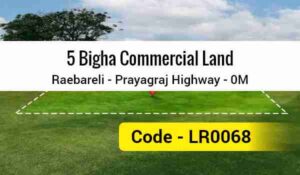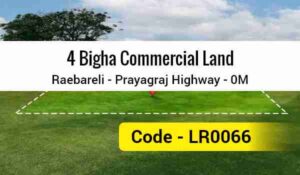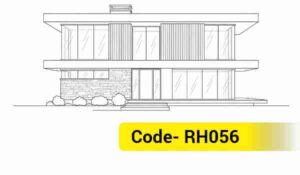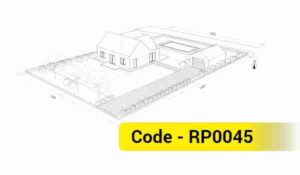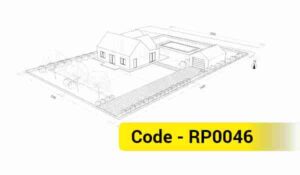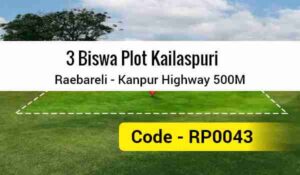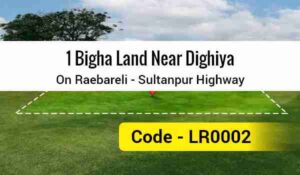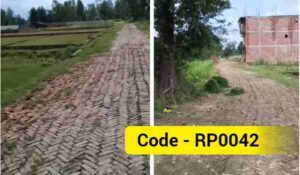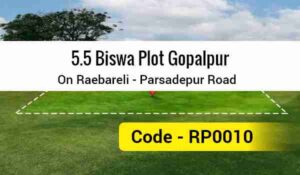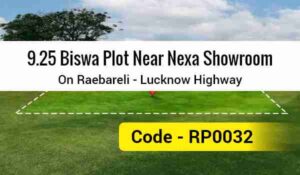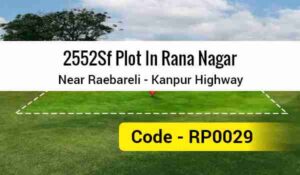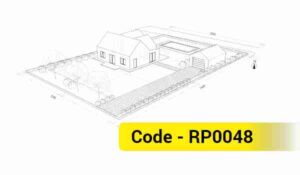Illegal Land Encroachment? Take These Legal Steps Immediately! (BNSS Update)
In India, land disputes are a common issue, especially when someone illegally encroaches on your property in your absence. Such situations often leave people confused and unsure of what to do next. Previously, the process to address this was complex and time-consuming, but the Bharatiya Nagarik Suraksha Sanhita (BNSS) has introduced provisions to provide some relief.
This blog will guide you through the immediate and effective legal actions you can take against illegal land encroachment, with a special focus on the new legal provisions under BNSS.

Legal Changes: Understanding BNSS Section 164
Earlier, land disputes were addressed under Section 145 of the Code of Criminal Procedure (CrPC). This provision has now been incorporated into Section 164 of the BNSS. Its primary objective is to ensure that when a dispute over land, water, or their boundaries poses a threat to public peace, an Executive Magistrate, such as a Sub-Divisional Magistrate (SDM) or District Magistrate, can intervene promptly to resolve the issue.
What to Do Immediately Upon Discovering Illegal Encroachment?
As soon as you learn about the illegal encroachment on your land, take the following steps without delay:
1. Gather Evidence
Evidence is crucial in any legal battle. Take these steps to collect it:
-
Photographs and Videos: Use your mobile phone to immediately capture photos and videos of the encroached area.
-
Witnesses: If possible, involve neighbors or other individuals as witnesses and record their statements.
-
Documentary Evidence: Collect all documents related to your land, such as:
-
Sale Deed (Registry)
-
Copies of Khasra and Khatauni
-
Succession documents
-
Any other government-issued documents proving your ownership.
-
2. Inform the Police
-
File an FIR: Visit your nearest police station and lodge a complaint about the illegal encroachment. Ensure it is registered as a First Information Report (FIR). Clearly mention details of the land (such as account number, plot number) and the name of the encroacher (if known) in the FIR.
-
Contact the Superintendent of Police (SP): If the local police fail to act on your FIR, submit a written application to the Superintendent of Police (SP).
Read More…
- Uttar Pradesh Building Construction and Development By-Laws 2025
- Laws Governing the Sale of Land by Scheduled Caste Landowners to General Category in Uttar Pradesh
- Understanding Section 80 (Section 143) of the Uttar Pradesh Revenue Code, 2006
- Succession Laws in Uttar Pradesh
- 12 Years of Possession (Adverse Possession) and the Property is Yours? The Complete Story of the Limitation Act and Supreme Court Rulings!
- Succession Laws in Uttar Pradesh
This is the fastest and most effective way to address illegal encroachment.
-
Procedure:
-
File a petition under Section 164 of the BNSS in the court of an Executive Magistrate (SDM).
-
In the petition, mention details of the illegal encroachment and the potential threat to public peace.
-
The SDM court will issue notices to both parties.
-
The court examines the evidence and claims of both sides.
-
The court’s primary objective is to determine who had actual possession of the land at the time of the dispute.
-
The SDM will issue an order allowing the party with prior possession to retain it, ensuring peace is maintained.
-
SDM Court vs. Civil Court: What’s the Difference?
Understanding the distinction between these courts is essential:
-
SDM Court (BNSS Section 164): Its primary focus is to maintain possession and public peace. It provides a quick and temporary resolution.
-
Civil Court: This court makes a final decision on the ownership of the land. If you are dissatisfied with the SDM court’s decision, you can file a case in a civil court, which alone can determine the rightful owner of the property.
Don’t Delay: The Risk of the Limitation Act
Under the Limitation Act, if a person maintains continuous, peaceful, and unchallenged possession of a property for 12 years, they can claim ownership through Adverse Possession.
Therefore, acting promptly against illegal encroachment is critical. The sooner you take legal action, the easier it will be to protect your property rights.
Conclusion
Section 164 of the BNSS is a powerful tool for obtaining quick relief in land disputes. By taking timely and appropriate steps, you can not only safeguard your property but also contribute to maintaining peace and order. If you have any doubts, consult an experienced lawyer and initiate action immediately.


